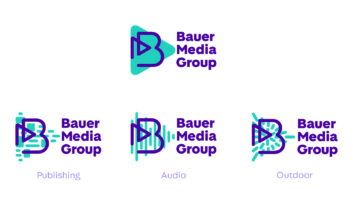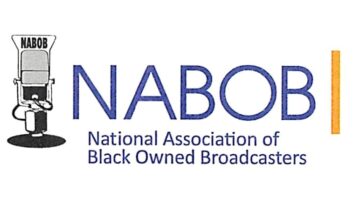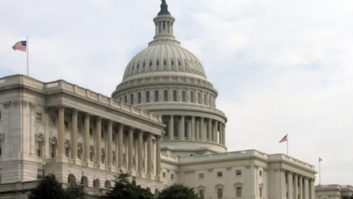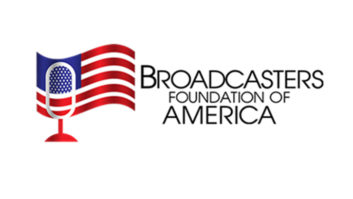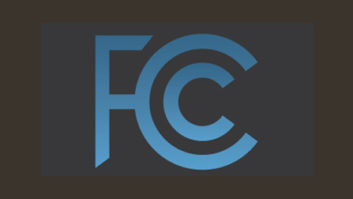While broadcasters seek to either maintain or relax the local radio ownership limits, citing greater competition for audio delivery and the dire economy, public interests groups told the commission just the opposite this week.
The bulk of public comments filed at the commission in the perennial media ownership review concerned television, but a small portion offered opinions on the local radio ownership limits and the radio-television cross-ownership rule. The deadline to file public comments Docket 09-182 was July 12. (Read about NAB’s comments here.)
As it has before, Clear Channel continues to push to eliminate local radio ownership limits, telling the commission the agency can’t demonstrate their necessity. Even since the last review in 2006, the number of terrestrial radio stations has grown, and their ownership has become more diffuse, the broadcaster told the FCC.
“Broadcast radio remains one of the least consolidated of the country’s major industries,” writes Clear Channel, which adds that with the explosion of new audio competitors coupled with the economic downturn that began in 2007, radio is struggling. “Continued retention of broadcast radio ownership limits in any form” cannot be justified to be in the public interest, it wrote.
Under the limits established in 1996, one entity may own up to eight stations is a market of 45 stations or more.
At the very least, says Clear Channel, the agency should modify current limits to create two new “tiers” increasing from the current eight to 12 as the number of stations a single entity can own in the largest markets, and from eight to 10 in markets that have 55 to 64 stations. Such a change would have limited impact on ownership concentration in a market but would “provide significant relief” to owners in the largest markets, “where competitive pressures are the greatest,” it said. Establishing the new tiers would stimulate station transactions and generate badly needed capital for the industry, the group wrote.
Clear Channel also urged the commission to eliminate the AM/FM “subcap” tiers (which limit an owner to no more than five of a certain service in the largest markets, for example), saying they’re anachronistic. If a reason for subcaps ever existed, Clear Channel continued, that justification has been “eviscerated, not only by the evidence of AM radio’s strong performance as a competitor and a revenue generator, but by technical advances that have provided AM stations a host of means to compensate for any technical inferiority to FM stations.” Eliminating the subcaps would help stimulate acquisitions and create a market of divested stations which could be attractive to minorities, women and small businesses, it wrote.
To back up this argument, Clear Channel cites a BIA study that “undercuts the notions that AM stations are weak competitors” which was one of the commission justification for the subcaps. In previous ownership reviews, the broadcaster has said someday the promise of IBOC technology used in the all-digital mode would virtually eliminate present limitations on AM signal quality. In previous reviews, IBOC was in nascent stages but now is a reality. The BIA study finds that 455 AMs have an FCC license to use IBOC and 322 of those are doing so, and they’re not all in large markets. (We’ll have more on this study in this week’s Leslie Report.)
However, in a joint filing, seven public interest groups including Media Alliance, Common Cause and the Prometheus Radio Project say the local radio ownership limits should be more stringent, not less, to foster the diversity of viewpoints available to the public and improve local service.
“Lowering the limits and requiring divestiture within a reasonable time will increase opportunities for minorities and women to acquire broadcast stations without the need to resort to any race- or gender-based preferences,” the groups write.
The Future of Music Coalition says its studies show that radio has suffered from a lack of format diversity since passage of the 1996 Telecom Act; it also argues that counting format names is an inadequate measure for format “diversity” because “just 15 formats make up 76 percent of commercial radio programming.” FMC proposes a “fixing radio” agenda with prevention of further consolidation at the top of the list.
While parts of the radio industry benefitted from consolidation, they did so at great cost, continued FMC, which wrote: “In some cases, radio station groups have further reduced costs by eliminating the local component almost entirely. Using satellite feeds and regional content managers, some stations consist simply of a broadcast tower and a part-time technician who controls feeds from regional or national offices, rebroadcasting them to local audiences. These group owners are benefiting from economies of scale, but what are the drawbacks?”
